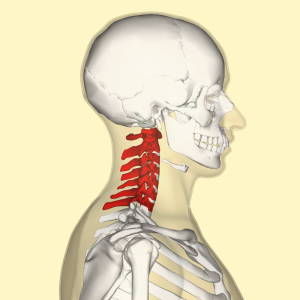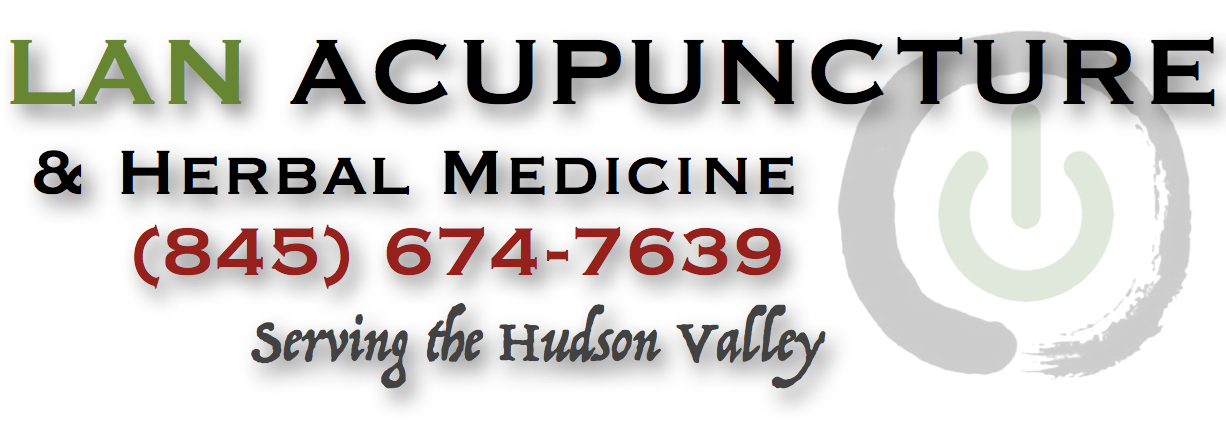 Cervical spondylosis is a type of osteoarthritis of the neck involving the facet joints and intervertebral discs. Lack of proper biomechanical functioning of the cervical spine over time leads to degeneration of the neck’s bones and protective cartilage. Symptoms range from mild to severe and include pain of the neck and shoulders, stiff neck, muscle weakness, dizziness, and numbness.
Cervical spondylosis is a type of osteoarthritis of the neck involving the facet joints and intervertebral discs. Lack of proper biomechanical functioning of the cervical spine over time leads to degeneration of the neck’s bones and protective cartilage. Symptoms range from mild to severe and include pain of the neck and shoulders, stiff neck, muscle weakness, dizziness, and numbness.
The Xinjiang Medical University Hospital researchers document that acupuncture plus moxibustion significantly reduces pain and numbness of the shoulders and neck. In addition, acupuncture plus moxibustion demonstrated clinical efficacy in the restoration of muscle strength. Patients in the study received acupuncture plus moxibustion at a rate of once per day, five times per week for two weeks.
Mild reinforcing or reducing manual acupuncture techniques were applied. After the arrival of deqi, the acupuncture needles were retained for twenty minutes per acupuncture session. During needle retention, electroacupuncture stimulation was added to the acupoints using a dense-disperse wave. The intensity was set to patient tolerance levels. One study group received only acupuncture and another group received the above acupuncture treatment plus moxibustion. During needle retention, moxibustion was used to warm DU14 and the Jiaji acupoints.
The researchers concluded that acupuncture plus moxibustion is more effective than only acupuncture. Ye et al. had similar findings. Moxibustion plus acupuncture achieved a 92.05% total effective rate and acupuncture, as a standalone therapy, achieved an 81.48% total effective rate for the treatment of cervical spondylosis. Acupuncture and acupuncture plus moxa significantly reduced pain and numbness of the neck, shoulders, and limbs.
Ye et al. measured the biochemical responses to acupuncture and made important findings. Acupuncture significantly reduced blood levels of tumor necrosis factor-a (TNF-a) and the proinflammatory cytokines interleukin-1 beta (IL1β) and interleukin 6 (IL6) for patients with cervical spondylosis.
The work of Chen et al. supports the above findings. Chen et al. studied the effects of body style acupuncture combined with ear acupuncture for the treatment of cervical spondylosis. The results document excellent clinical results for 70% of patients and another 26.67% of patients achieved significant positive patient outcomes.
Chen et al. applied acupuncture every other day for a total of ten acupuncture treatments per patient. Ear acupuncture (auricular acupuncture) needling connected the cervical and thoracic spine acupoint regions of the outer ear using a superficial threading technique.
All three studies above shared the use of cervical level Jiaji acupoints and GB20. Across the studies, the researchers consistently demonstrate clinical improvements for patients with cervical spondylosis. The work of Ye et al. added measurements of biochemical responses finding significant downregulation of proinflammatory cytokines and TNF-a. There is a growing scientific consensus that acupuncture is an effective treatment modality for the treatment of cervical spondylosis.
Excerpt from:
Neck Pain Alleviated with Acupuncture







